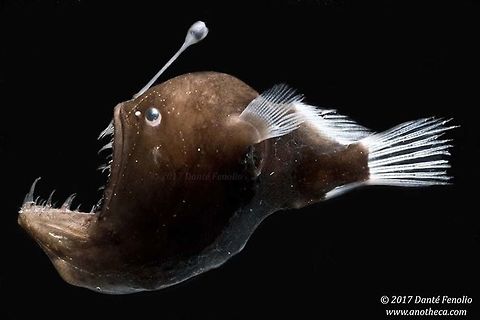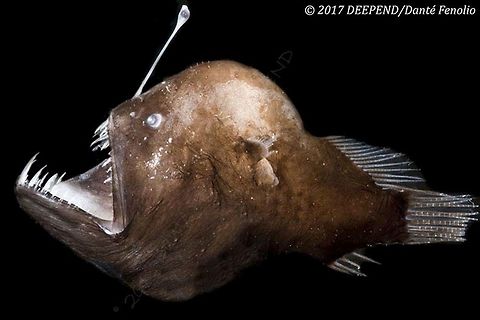
Appearance
Like other anglerfish in the genus, the female ''M. murrayi'' has a large oblique mouth, jaws with long depressible fangs, small nostrils raised on a prominence, an illiceum , and skin without scales. It differs from others in the genus in having the width between the eyes between 2/5 and 4/7 of the width of the head and the lower jaw being 2/5 to 1/2 the fish's length. The illicium is 1/4 to 1/3 the length of the fish, and the bioluminescent esca on the tip is oval, sometimes with a raised crest at the back. The second dorsal fin has 12 to 14 soft rays, the anal fin has 3 to 4, the pectoral fin 15 to 18 and the caudal fin 9. Females grow to a length of about 13.5 cm and males to 2.8 cm .
Distribution
''M. murrayi'' has a cosmopolitan distribution in tropical to temperate parts of the world's oceans, between about 64°N and 43°S, and at depths from the surface down to over 2,000 m , although most of the individuals recovered have been at greater depths than 1,500 m .Status
This fish, sometimes caught as bycatch in deep sea trawling, is known from records of over three hundred female fish and four free-swimming males. Most of the sightings are at depths below 1,500 m and the fish appears to be an uncommon species. However, no particular threats to the species have been identified, and the International Union for Conservation of Nature has rated its conservation status as being of "least concern".References:
Some text fragments are auto parsed from Wikipedia.